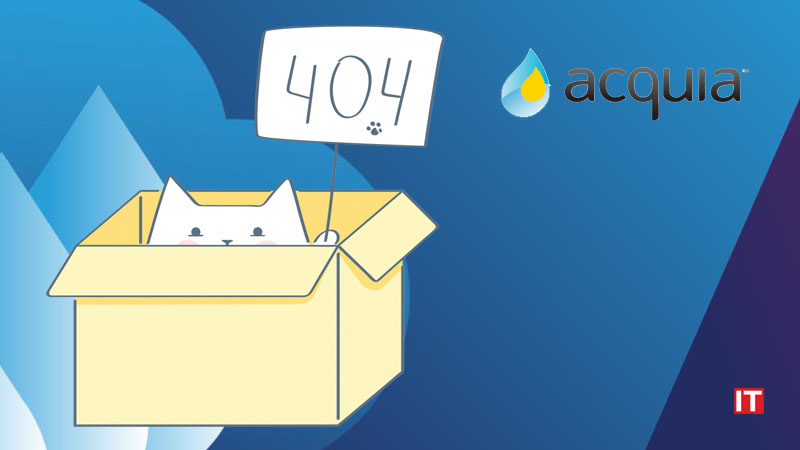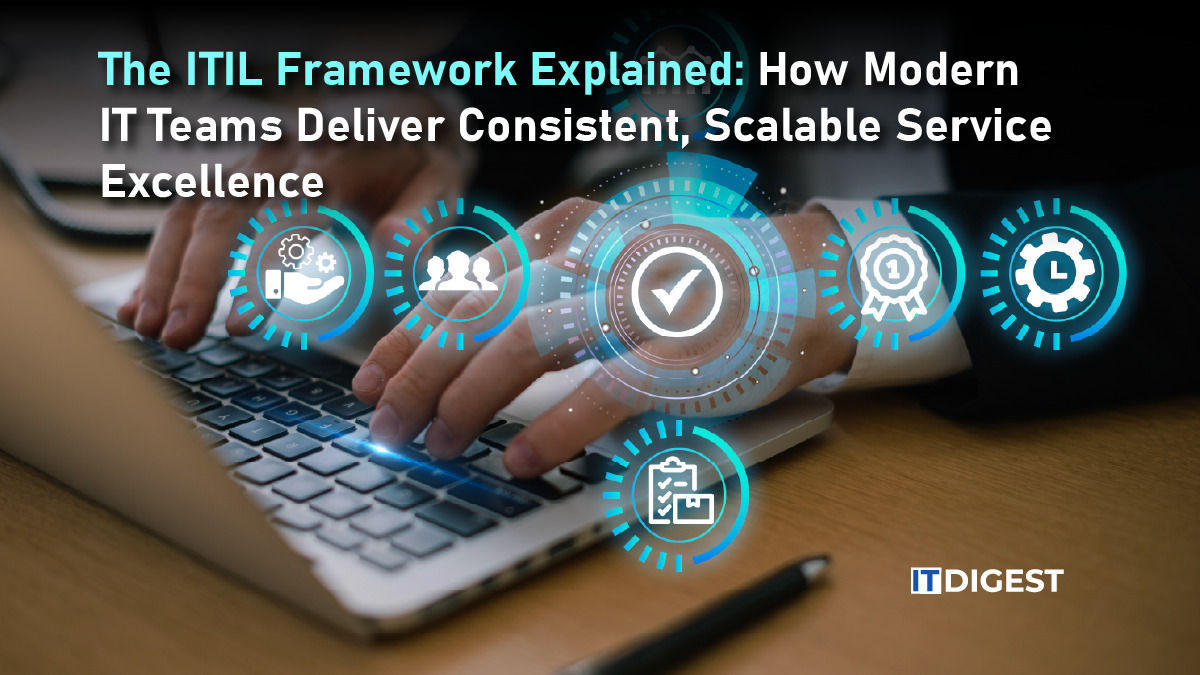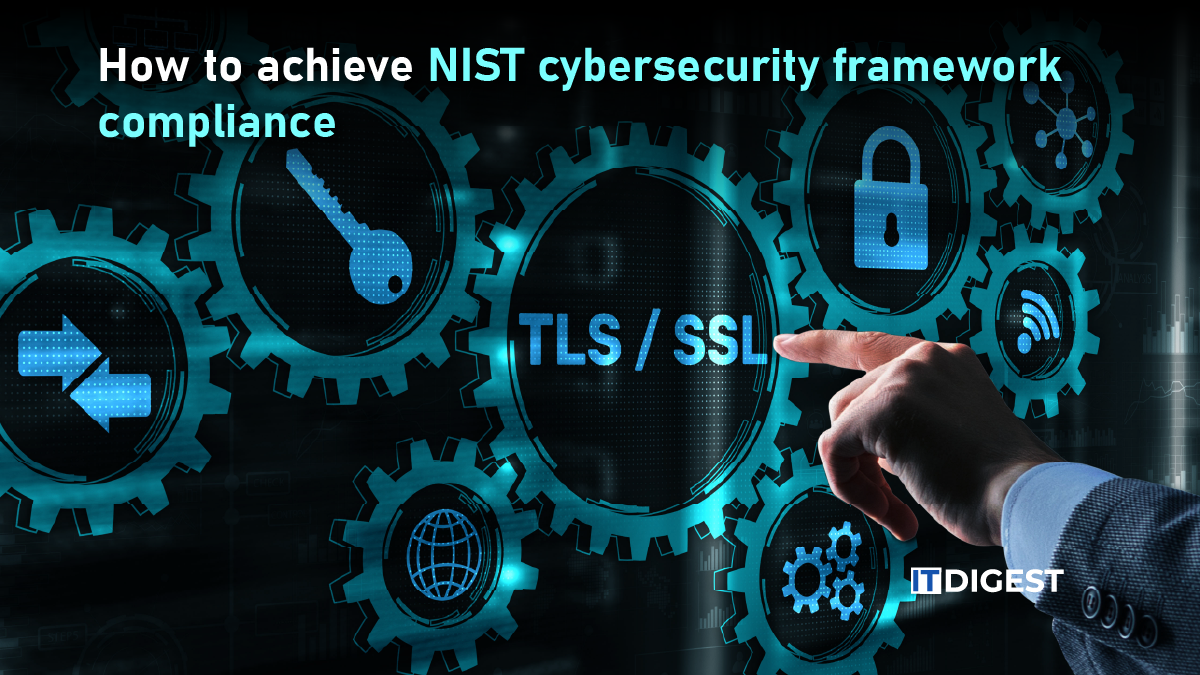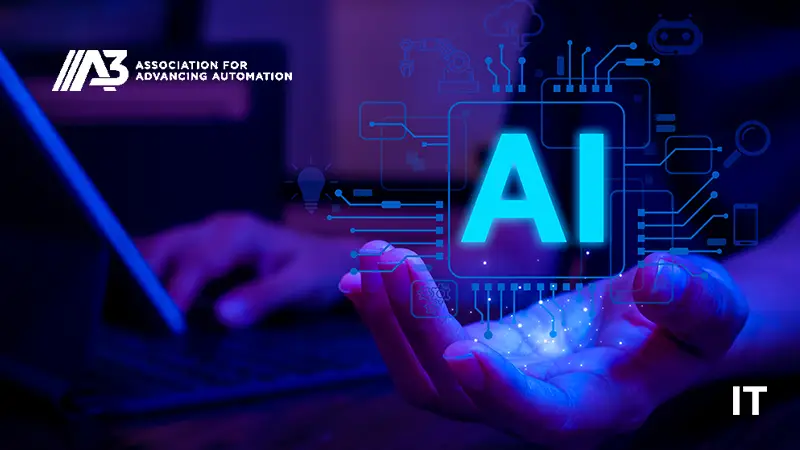Modern IT is messy. Systems are fast, complex, and spread across cloud and hybrid environments. Teams have to manage more than ever before. It is easy to get lost in the chaos. That is where the ITIL framework comes in. ITIL is not a methodology you follow step by step. It is a framework that helps organize IT work. It gives structure without being rigid.
The ITIL framework helps companies standardize processes. It reduces downtime. It makes services more reliable. Teams can focus on delivering value instead of constantly reacting to problems. With the right tools and guidance, IT becomes predictable and manageable.
At the same time, scale is exploding in the IT world. For example, Google reports that monthly tokens processed by Gemini models grew 50 times to around 480 trillion per month and then doubled again. This shows how fast systems are moving and why a framework like ITIL is essential for keeping IT reliable and scalable.
Deciphering the Core of What ITIL Really Is
The ITIL framework is a topic that people usually find very technical and hard to grasp, however in fact the concept of it is very simple. ITIL 4 comes as a modern and adaptable approach for managing IT services without making teams follow rigid and slow processes. Instead, it pushes you to look at what’s already working, fix what isn’t, and shape services that match what the business is trying to do. So the whole thing moves from just following steps to creating real value. And as IT keeps getting louder and messier, this approach makes it easier to keep everything aligned and running.
The Structural Foundation and the Four Dimensions of ITIL Service Management
When you dig into ITIL 4, everything really sits on these four dimensions. They sound textbook at first, but once you break them apart, they explain why some IT setups feel smooth and others feel like chaos. You begin with people and organizations because nothing works if roles are unclear or if the culture fights every change. Teams need the right skills, and they need to actually talk to each other, otherwise the whole service falls apart.
Then you hit information and technology. This is basically all the tools and data that power the service. And since modern IT depends on huge global footprints, it helps to remember that providers like Google Cloud now run across 42 regions with more than two million miles of cables and around two hundred PoPs. All that infrastructure becomes part of the backbone for reliable service delivery.
Partners and suppliers come next. Most companies lean on cloud vendors, consultants, or managed service providers, so these relationships directly influence stability.
The last piece is value streams and processes. This is where the work flows through the system. When these steps are clear and not bloated, teams can deliver value without creating bottlenecks.
The Moral Compass Behind the Seven ITIL Guiding Principles
The seven guiding principles in ITIL 4 work like a steady compass. They keep teams grounded when everything around them feels noisy or rushed. You start with the most important one, which is focusing on value. If a task, tool, or process does not add something meaningful for a stakeholder, it usually turns into clutter. Then you have start where you are. People love to tear old systems apart, but ITIL pushes teams to check what is already working before they rebuild anything.
From there, progress iteratively with feedback keeps teams moving in smaller steps instead of betting everything on one giant rollout. It feels more like DevOps and Agile, where you learn as you go. Collaboration and visibility follow naturally because teams cannot improve anything if they are sitting in silos and guessing what others are doing.
Thinking and working holistically is another principle that sounds simple but hits hard. In real IT environments, nothing exists on its own. A tiny change in one service can ripple everywhere else. So ITIL reminds teams to look at the full picture. Keeping things simple and practical is next, and this one saves a lot of pain. Most IT issues come from people overbuilding something that did not need to be complicated in the first place.
The last principle, optimize and automate, pushes teams to remove repetitive work. And with businesses talking more about AI governance, it matters even more. IBM reports that while 87 percent claim they have AI frameworks, fewer than 25 percent actually review tools continuously for risks like bias or security. That gap shows why thoughtful automation still needs human judgment guiding it.
Also Read: Comparing AWS vs Azure vs Google Cloud for Enterprise: Which Platform Delivers the Best Value in 2025?
The Engine of Value The ITIL Service Value System
The ITIL Service Value System is basically the engine that turns business ideas into actual results. It brings together the guiding principles, governance, service value chain, practices, and continual improvement into one connected framework. Think of it as the way every part of IT works together instead of operating in silos.
At the heart of the SVS is the Service Value Chain. It has six key activities. Plan sets the strategy. Engage ensures the right people and stakeholders are involved. Design and Transition create new or changed services. Obtain/Build brings in the necessary resources. Deliver and Support makes sure the service actually works. Improve keeps the system learning and evolving. Together, these activities form a standardized workflow, which means less chaos, fewer mistakes, and faster delivery.
Governance plays a big role too. The ITIL framework is not only a boardroom affair; it brings about the connection of strategy to daily operations and thus ensuring that IT is aligned with the business goals without the risk of effort being wasted. The framework ensures that when governance and the value chain are in sync, the IT services are reliable, consistent and in line with the real requirements of the business. It is the foundation of the IT service excellence that is the repeatable and scalable one.
ITIL in Action: Delivering Reliability and Reducing Downtime
ITIL is not just theory. It’s a set of practices that makes IT work reliably in the real world. Standardization is the first step. Incident Management defines clear processes to restore services quickly. When something breaks, teams know exactly what to do, cutting the mean time to restore. Problem Management goes a step further. It digs into the root cause of recurring issues so the same problem doesn’t keep coming back.
Reducing risk and downtime means controlling change. Change Enablement ensures any updates or new deployments are assessed, authorized, and tracked. This prevents surprises that could take systems offline. Elevating service reliability relies on having clear targets. Service Level Management sets business-focused goals so IT knows what ‘good’ looks like. IT Asset Management tracks every component, ensuring nothing fails because it’s outdated or unknown.
The scale of modern IT makes these practices critical. For context, AWS Lambda handled 1.7 trillion invocations in a single day during Prime Day 2025. Imagine the chaos without clear processes and standardization. ITIL is really the underlying structure that guarantees effortless IT operation. Even if the scale is that high, it is still the ITIL that would make the services consistent and trustworthy. The organizations that apply ITIL give the maximum guarantee to reduce their downtimes and to keep their customers satisfied and trust in operations maintained.
End Note
The ITIL framework is not something you just follow because someone wrote it down. It is a tool that helps teams figure out how to make IT work. Everyone gets clear on what they need to do. People know their roles. Processes are in place. This means fewer mistakes and less downtime. Teams stop running around fixing the same problems again and again. They can focus on making services better.
Standardizing work helps too. Services become more reliable. Businesses get better outcomes. Automation makes this stronger. IBM says companies see a 176 percent return on investment over three years by automating integration across hybrid environments. That shows the ITIL framework is useful. It actually delivers results.
If a company wants IT to run without constant interruptions, if it wants to be more efficient, the ITIL framework is where to start. It sets a foundation. It makes IT consistent. It builds reliability. It gives the business something to depend on.
































